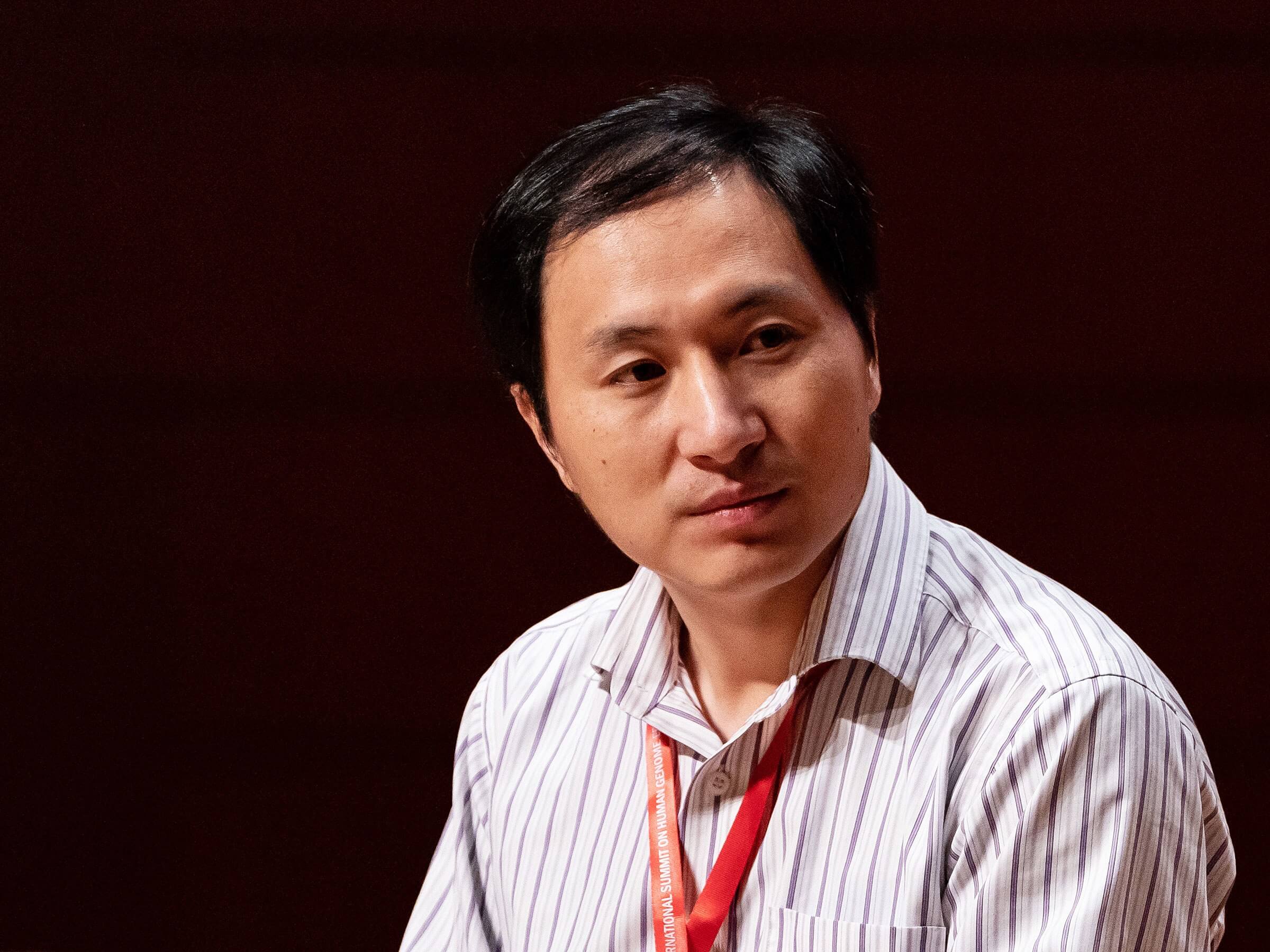Today, the world is making huge advances in gene editing. In Japan and the United Kingdom, scientists have gained approval to edit human embryos. In the US, researchers have found the genes that make European skin white and African skin black. In Russia, biologists are working on human embryos that are HIV-resistant.
Soon, nations may be designing their versions of the perfect child, the perfect human, the perfect race. But, as gene editing advances, it is dividing the world. The Pope is backing gene editing to fight diseases. Australia and Canada have banned CRISPR (Clustered Regularly Interspaced Short Palindromic Repeats) editing of human embryos. A moratorium on gene drive (the use of gene editing to change an entire species) failed in the United Nations (UN) while the European Union (EU) has outright banned gene-edited crops.
However, a handful of countries are looking beyond all of this. For them, gene editing has nothing to do with ethics or morals. It has more to do with geopolitics. For these countries, gene editing is key to their future power.

Is gene editing China’s next economy?
Recently, a scientist in China made headlines for creating the world’s first designer babies. These babies were edited to make them resistant to HIV. A few months later, China again made headlines for gene editing, this time because gene-edited mice were selling for $17,000 a pair.
What is China’s plan with all of this work?
Perhaps, it is to create a new economy. Just as China offered factories to the world for manufacturing, could it offer labs to the world for gene editing? This would be a new sector. Parents could travel to China to edit their children, or themselves, for a new life. Countries could cut deals with Chinese firms for gene-edited animals, boosting food security. Instead of products being stamped with “Made in China,” people and animals could be “Designed in China.” Is this the next trillion dollar industry for China?
Except, there may be certain technologies China does not share.
For example, in 2012, the Beijing Genomics Institute (BGI) began work to find the genes responsible for intelligence. One of the BGI’s goals is to increase each generations IQ by at least 5 to 15 points.
Instead of sharing this technology, China could keep it to itself and edit the intelligence of its own population. Millions upon millions of people could have “edited intelligence.” This would transform China. From disruptive startups to huge scientific breakthroughs to rapid economic growth, through gene editing, China may usher in the next renaissance for itself. How will the rest of the world catch up?
There is also the question of whether China will abide by rules the rest of the world has followed for decades.
As news spread that China had created the first designer babies, international criticism rose. Initially, Beijing did not even accept that the designer baby experiment happened. However, as international grew, steps were taken. The Chinese government launched an inquiry, the scientist behind the designer babies was fired from his university, and police put him on house arrest. Why were these steps taken? Perhaps, it was because of the international criticism. After all, the Chinese government may have sanctioned and funded the designer baby project in the first place.
China may care little about what the world thinks, or wants. Shortly after the designer baby controversy, China injected human genes into the brains of monkeys – taking the ethical debate around gene editing to new heights. As China advances with gene editing, it may be creating its own rules. And, it could be these rules that the world follows in the future.
Will Russia’s global power rely on gene editing?
Russia is also advancing in gene editing. In fact, Russia’s president has spoken about gene editing, saying that soldiers could be designed to feel no fear, or pain, and that this could be “worse that the nuclear bomb.” Is this a sign of what Russia could do?
As Russia modernizes its military with autonomous drones and advanced artificial intelligence (AI) systems, it might also use gene editing, on its soldiers. Future Russian soldiers may be designed to have strengths no other soldiers have, like requiring little sleep, or feeling no emotion. How would this change conflicts where Russian soldiers are present? Or, perhaps, like China, Russia may view gene editing as a business opportunity. Could Russia create gene-edited mercenaries, and offer them to governments?
It’s also possible that Russia could use gene editing to bolster ties. For example, Russian scientists have said they have found a way to make human embryos “resistant” to HIV. One region where HIV is on the rise is Eastern Europe. And, after Russia, Ukraine has the second-highest HIV rate in the region. Right now, Russia-Ukraine relations are in bad shape. But, could Russia offer its HIV-resistant embryos to Ukraine, to mend relations? If Ukraine accepts, it may change the dynamics and geopolitics of the entire region.
Could future weapons be gene-edited viruses?
A few years ago, the US included “gene editing” in a list of weapons of mass destruction (WMD). The fear is that the next weapons could be gene edited viruses. In fact, scientists are already experimenting with editing viruses. A team of researchers in Canada, for example, has developed a strain of horsepox (related to smallpox), through mail-order DNA. It took them six months and $100,000. What happens when terrorists replicate this, and develop a deadly strain of the flu, or malaria or ebola?
Tracking gene edited viruses may also be difficult, if not impossible.
The U.S. Pentagon’s Defense Advanced Research Projects Agency (DARPA) is working on a project called “Insect Allies.” Using insects to inject genetically engineered viruses into crops, DARPA wants to make crops more resistant to diseases and climate changes. However, scientists are warning that instead of protecting crops, the insects could inject viruses that destroy them. Could insects inject viruses in humans too? If insects can carry and deliver the next weapons, how governments secure their borders may fundamentally change.
Conclusion
At each leap in science and technology, the world has changed. Gene editing though, is a different kind of leap. Soon, nations could play god.
This kind of power is unprecedented.
The natural code that has governed the world for billions of years will be replaced, deleted, updated and modified. Future humans could be more superior than any previous generation. Future plants, trees, crops and animals could do more than their “natural” counterparts could ever hope for. Future weapons could be more devastating than any in history.
For the first time, geopolitics won’t revolve around oil, natural gas or currency, the staples of traditional, 20th century geopolitics. In the future, people and the environment could become the vehicles upon which nations expand their power, as geopolitics increasingly revolves around intelligence, creativity and output.
Abishur Prakash is a geopolitical futurist and author. His focus is on how new and emerging technologies will transform geopolitics. Learn more about his work at AbishurPrakash.com or follow him on Twitter @AbishurPrakash































